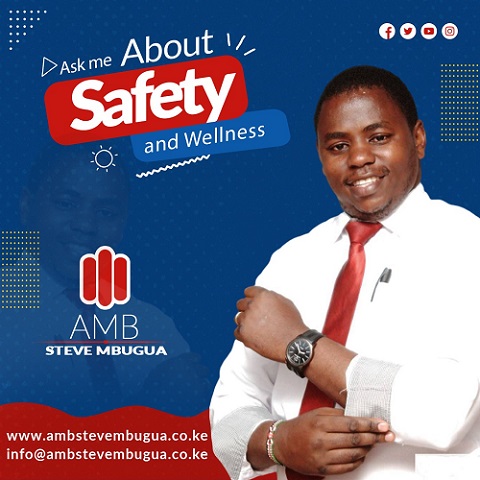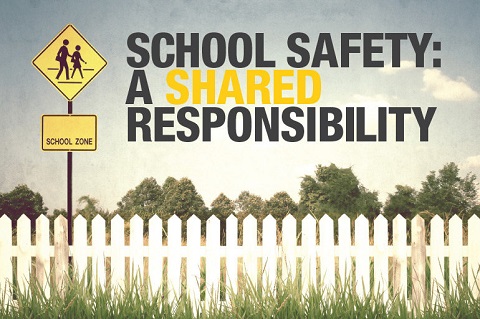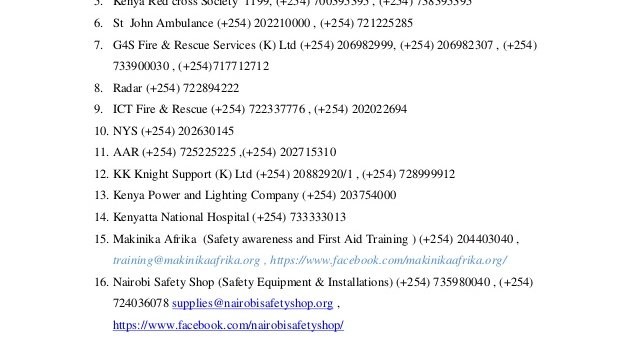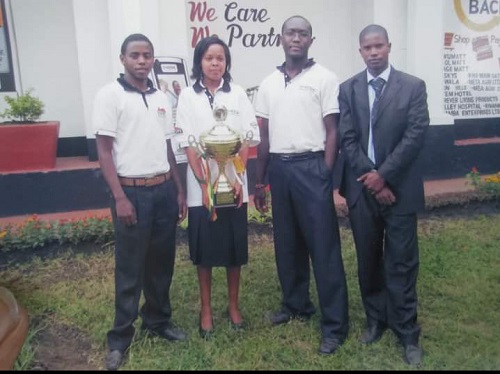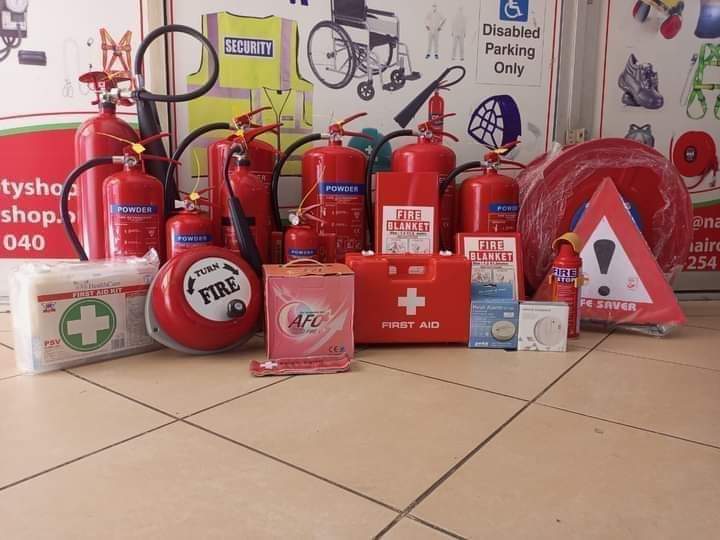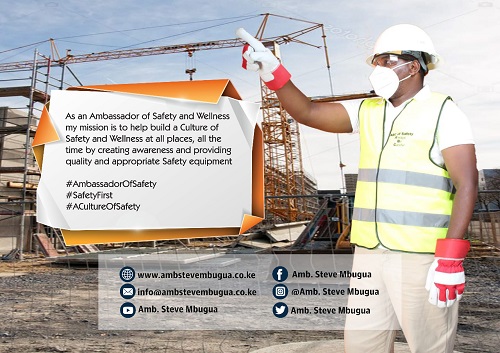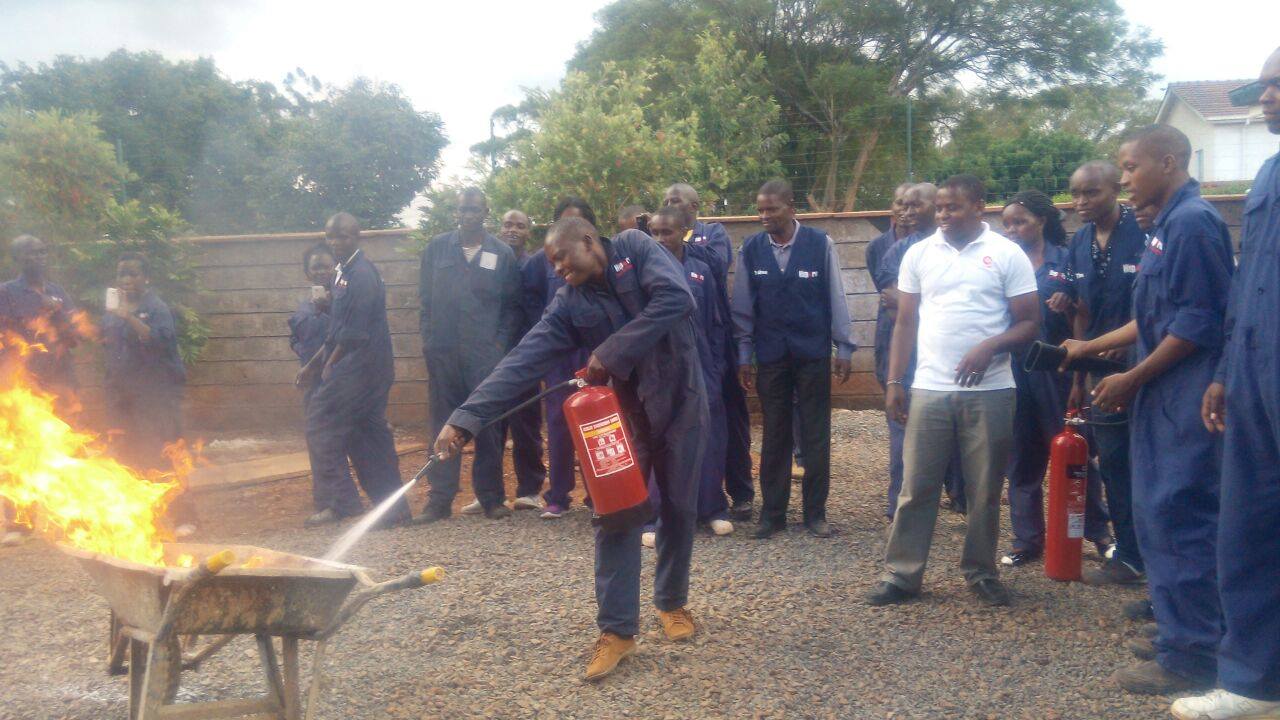Employees often assume that first aid training has been implemented by management and that there is someone in the workforce who is competently trained to save their life should anything untoward occur and injure them. There is an assumption that First Aid is a career for some specific people. This assumption is a safe one if the OSH labour law is anything to go by however every company is different. The importance of this training should rank as a top priority but unfortunately is often treated as an afterthought. The workplace is an inherently dangerous environment and the employees thereof should feel that they can and will be assisted should they find themselves in danger or hurt.
A sufficiently trained first aider must be available to assist and act immediately
The heavy industries in Kenya pose many a safety hazard to the employees. First aid training should be an essential and guided component of any company within these industries. Ideally a company would have an educated safety management team, a sufficiently trained first aiders and visual guidance throughout the workplace to assist and act as a measure in place should an unfortunate and dangerous incident occur. An example of a visual guidance meant to assist the employees is Safety charts, instruction cards and signages which I have helped a lot of companies in the country to design.
The goal is always to preserve the life of the victim
The basics of first aid training are there to stabilise the injured person until professional help has arrived at the scene. The goal is to preserve the life of the victim and prevent further injury or danger from occurring. The steps that the first aid training instructs are to guide the assisting person in an effort to promote recovery. These steps are not complicated and are focused on the three core areas of concern to save a life. There are three steps and they are known as the ABCs of first aid and represent Airway, Breathing and Circulation. There must be no obstruction to the airway to prevent choking, it is important to assist breathing if necessary and circulation must be promoted. The technique of using chest compressions in conjunction with mouth-to-mouth resuscitation promotes circulation simultaneously and restart breathing.
The labour law has implemented strict regulations to assist with workplace safety
The OSHA ACT 2007 in Kenya states that ”an employer shall take all reasonable steps that are necessary under the circumstances, to ensure that persons at work receive prompt first aid treatment in case of injury or emergency.” It has strong regulations in place to ensure workplace safety and first aid training is up to scratch within all companies and organisations. In a company where there are more than ten employees in the workplace the employer must appoint a first aider who is readily available during normal working hours. In shops and offices there must be one first aider to every one hundred whereas in other workplaces there must be one first aider to every fifty employees. The first aider should be certified and accredited by a reputable first aid training company or organisation and the training should cover specific hazards that correlate to the workplace of the first aider. For example should the first aider work in an environment where there are hazardous chemical substances, pesticides, biological agents or be working in a processing or manufacturing plant, they must be trained in the specific first aid training to treat injuries from those specific environments. First aid facilities must be provided where there are five or more employees and these facilities must be available and accessible near the workplace. The regulation is most definitely worth some attention to ensure that first aid facilities within your organisation are on par with what is expected.
As a certified First Aid and Fire safety instructor and having worked with Kenya Red Cross, , Director of Training at Bloodlink Foundation and St John Ambulance Kenya as a Training Manager until January 2016 before enrolling in private practice, I have trained hundreds of companies and thousands of staff. Some of the companies I have trained are:-
De la Rue Currency and Security Print
Central Bank of Kenya
County governments
Nakumatt Supermarkets Ltd
G4S Kenya
The Kenya Police
Unilever
Dusit Hotel
Jacaranda Hotel
Wells Fargo
Maanzoni Lodge
The Brooke Kenya
Compassion International
KRA
Uchumi Supermarkets Ltd
Crown Paints ltd
World Vision Kenya
Save the Children Kenya
Access Kenya ltd
Hilton Hotel
Safari park Hotel
Intercontinental Hotel
The Kenya Utalii College and Hotel
Brookside dairies
Peponi School
Alexander Forbes
Hipora Security Group
Nampak Kenya
Deloitte Kenya
ICRAF
Fresha Dairies
Kenya Railways
Kapa Oil Refineries
Kenya Revenue Authority
Dusit Hotel
BIERSDORF
PZ Cursons
KWAL
Madhu paper
Finlays Ltd
Basco Paints
University of Nairobi
USIU
etc
These companies have very clear OHS policies and have their safety standards commendable.
The first aider is responsible for all first aid facilities and necessary materials.
Once the appointed employee has completed their first aid training they should immediately take responsibility for all the necessary materials used for first aid purposes. A checklist may be useful to ensure compliance with the prescribed minimum contents set out by the kenya labour law. The first aid facilities must form a part of the overall inspection carried out by a health and safety representative of the workplace. Suggested good practice would include a formal first aid register to record all incidents. There should be properly equipped first aid kits, fire extinguishers and other crucial safety equipment and items.
For any advice on training services in the workplace, households or personal safety, Contact training@makinikaafrika.org or contact me via info@ambstevembugua.co.ke. The link below have free First Aid videos and materials appropriate for all kinds of workplaces.


